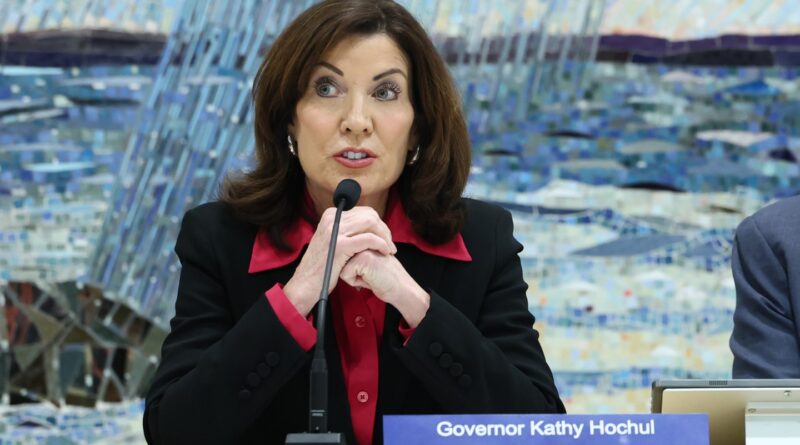New York Increases Film and TV Tax Credits to $800 Million to Compete
New York Gov. Kathy Hochul has approved a state budget that increases the cap on the state’s film and TV subsidy to $800 million, nearly double the amount from 2022.
The expansion creates a $100 million pool earmarked solely for independent projects and ups the payout for production companies that frequently film in the state. It also includes changes around the margins aimed at remedying longtime grievances with the program, including delays in receiving the credit and restrictions around above-the-line costs eligible for the rebate.
The revisions come amid a tit-for-tat race between production hotspots vying for Hollywood dollars. California is mulling an overhaul of its film and TV tax incentive program that will see the cap increase from $330 million to $750 million and up the base credit to 35 percent while expanding the category of productions that qualify.
Also at play: A potential federal tax incentive that, if signed off on as currently constructed by Hollywood ambassador Jon Voight, would be stackable upon subsidies provided by states. President Donald Trump on Sunday alluded to tariffs mulled in the plan, though he didn’t mention the government tax credit, which is being pushed by some lawmakers in a bid to stimulate domestic production.
Among the major changes signed off on is the provision of subsidies to return customers of New York’s program. Production entities that apply to shoot at least two projects in the state with eligible costs of $100 million will be eligible for a ten percent increase in their next title through 2028. TV shows can get the uplift until the show is canceled. Qualifying productions would get a total incentive as high as 40 percent, equivalent to the credit offered by the most generous states.
Friday’s approval, which extends the program to 2036, also considers productions on the lower end of the budget spectrum. A fund of $100 million will be aside for independent projects, with separate pools for films with budgets of more than $10 million ($20 million for projects with budgets less than $10 million and $80 million for projects with budgets more than $10 million).
Another revision that will make New York more attractive to some producers is the removal of a $500,000 cap on above-the-line costs, like pay for actors. The payout will still be limited to 40 percent of all below-the-line costs.
Other changes include the accelerated recovery of credits, with productions now being able to claim is within the allocation year, and lowering eligibility requirements for visual effects and animation-only subsidies.
In a statement, Motion Picture Association chief executive Charles Rivkin called the alterations a “momentous expansion of what is a proven economic driver for New York.” He added, “The enhanced and extended film incentive program will further cement New York as a leader in the entertainment and creative sectors. As the outpouring of support from across the state has made clear, New York crews, creatives, and small businesses are applauding leaders in Albany today.”

